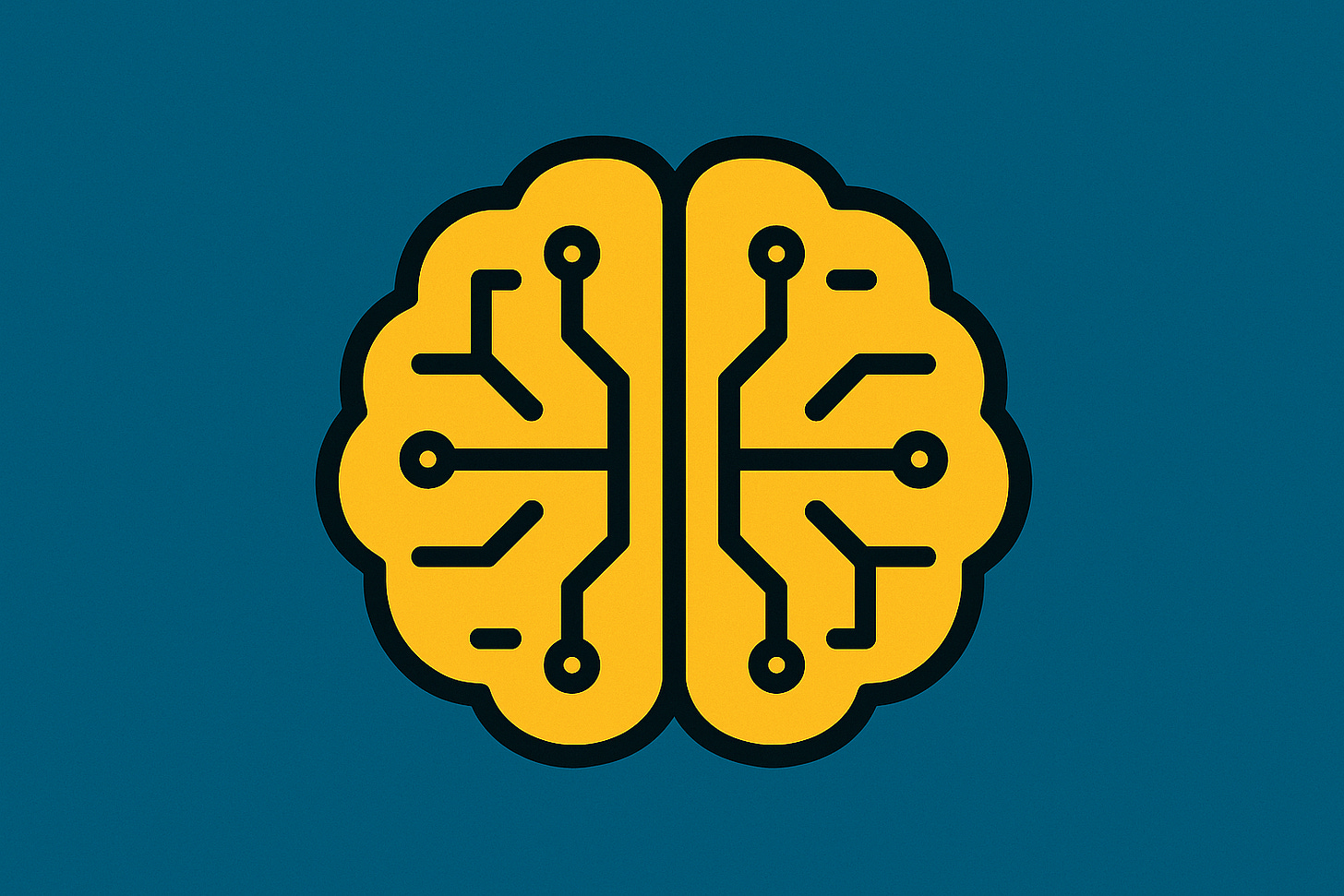Paradigm Shifts in Gen AI
The world is inseparable from your agency in it. That means your actions don’t just reflect reality but shape it. We learn what is true by trying to change things and seeing what works and what doesn’t.
Generative AI developers rely on transformer models, the standard for LLMs and the T in GPT. Leading models are trained using Reinforcement Learning from Human Feedback or RLHF, where humans rank outputs so the model learns to predict and optimize for responses people prefer. Innovations such as Deepseek’s synthetic-data review have slashed costs without sacrificing performance, letting models improve through continual experimentation. Through this experimentation, these models get better aligned to goals we set for them.
Currently we are finding efficiencies in the transformer model approach. This is a period of what Thomas Kuhn would call “normal science”. We accept the reality of the transformer approach and are trying to optimize it. This process is incremental, and with each jump we are seeing some improvement over the previous model in exams such as the uniform bar exam (sometimes not). Risk and compliance are still top issues for adoption, but adoption is growing as improvements de-risk these models.
Think back to the Attention Is All You Need paper that introduced transformers. This was a paradigm shift. Transformers didn’t just improve on the previous method, they provided a new approach that made generative AI cheaper to use and more effective. When introducing this kind of paradigm, you also unlock opportunity that wasn’t previously available such as non-deterministic chat bots.
Introducing paradigms is a radical act. You are in effect saying the world works differently than how we all think it does.
Hinton mentions that humans aren’t rational, they are resonant. Paradigm shifts need to resonate with a lot of people to be effective and adopt the paradigm. Depending on the amplification and application, ideas can resonate quickly or slowly. Some paradigm shifts also need to find the right audience to be effective.
Fortunately, by reading this blog you are likely the right audience for this idea. While the new paradigm isn’t here yet, it is starting to take shape. You can already use generative AI to take back your time for a number of different use cases. As an example I start coding projects faster, generate basic patterns, and debug my code with the help of AI agents. Delegating these actions to an AI agent helps me focus on the more valuable parts of coding. This has made projects which would otherwise take me weeks take me days to complete.
Models getting better is normal science. The bar I would expect from a paradigm shift is much higher. It needs to transform the reality of the problem altogether. The way I foresee AI doing this is by anticipating my intent. If my vision is correct, the next paradigm shift will come from not just how we interact with the model but how it interacts with us. These models should be able to predict what prompt we may want to serve them and proactively resolve the request. Think of this as a recommendation and enablement engine for action. Minority Report but with better guardrails and more boring application.
Thus we return to our agency. We shape the world around us by interacting with it. With a AI agent, we can interact more rapidly and therefore learn more rapidly. Daily friction removal will help us be more effective with our time. Eventually, we will be able to predict where friction may lie and proactively remove it, taking prompting out of the equation for humans. The question for after that reality is whether the next paradigm will be found or whether it will find us.
Thanks to Pratik Bhavsar and Kwabena Ohemeng for review and feedback.

